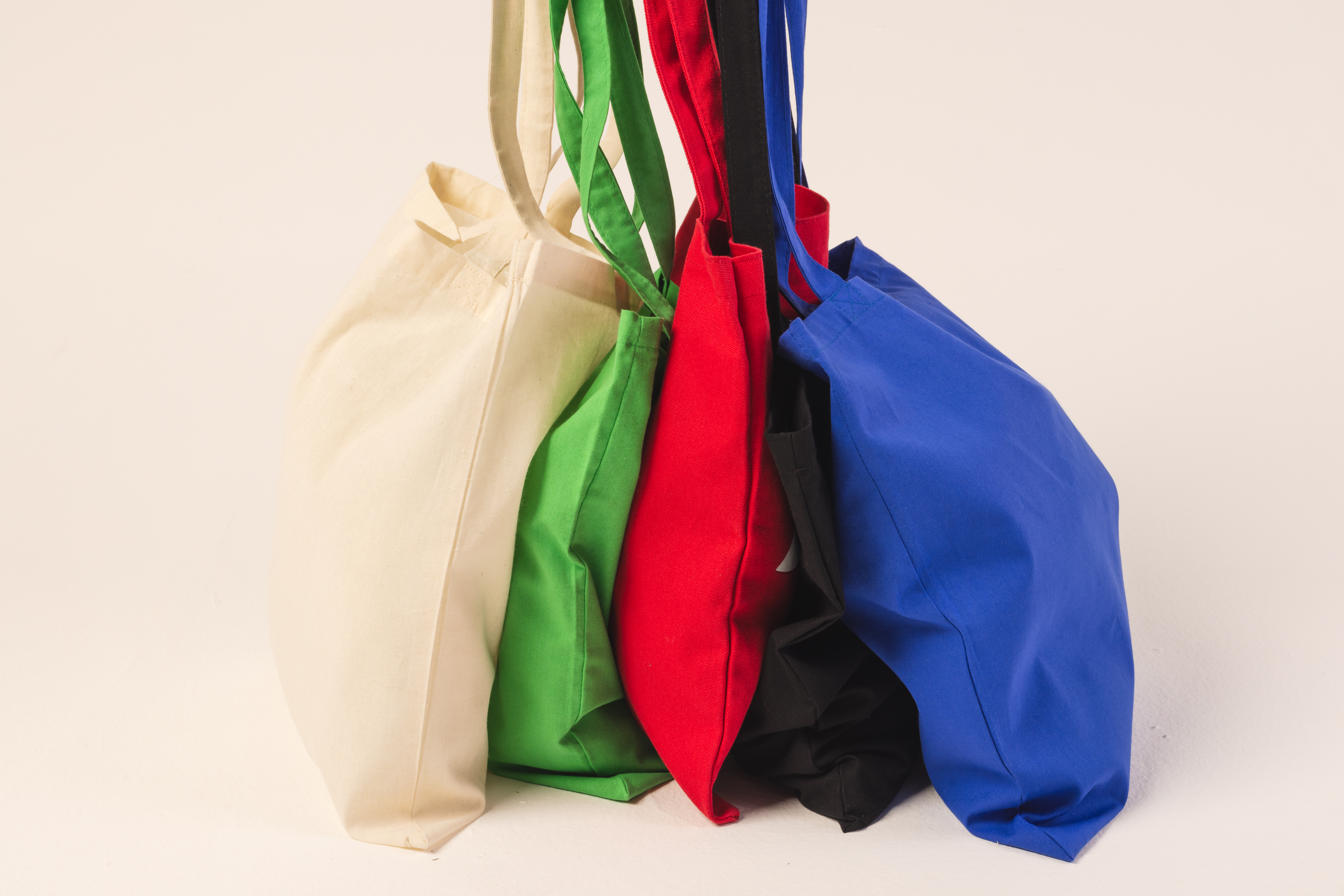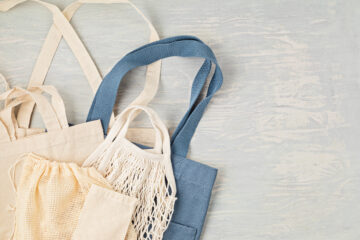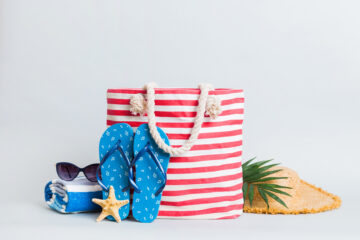MOQ Negotiation Strategies for Small Brands
If you’re a startup brand or launching a new product line, you’ve likely run into one of the most common hurdles in soft goods manufacturing: the minimum order quantity (MOQ). MOQs exist for good reason, but that doesn’t mean you’re powerless to work around them. With the right strategies, you can reduce your upfront inventory requirements, manage cash flow, and still partner with a high-quality manufacturer. Let’s break down some smart, usable MOQ negotiation strategies for small brands and startups!
Why Minimum Order Quantities (MOQs) Exist
Before we talk strategy, let’s clarify what you’re negotiating.
A minimum order quantity is the smallest number of units a manufacturer is willing to produce in a single production run. This isn’t some arbitrary number. It’s usually based on material supplier requirements, factory setup time, labor efficiency, production scheduling constraints, and economic viability for the factory. MOQs ensure that the factory’s cost to produce a batch is covered and that the client receives a per-unit price that makes sense for both parties.
7 Strategies to Reduce or Negotiate MOQs
Here are a few ways to facilitate MOQ negotiations.
1. Simplify Your Product to Reduce Production Complexity
Product complexity plays a major role in MOQ. A bag with multiple hardware types, specialty linings, and contrasting materials will likely require a higher MOQ than a clean, minimal tote.
Consider standardizing materials, such as linings or hardware, across different SKUs to minimize complexity. This can also improve sampling speed and reduce your risk on the first run.
2. Use In-Stock or Readily Available Materials
Material sourcing can make or break a small production run. Many MOQs are driven not by labor constraints, but by supplier requirements for fabric, leather, or trims.
To reduce your MOQ:
- Ask if your manufacturer offers in-stock materials
- Choose linings, zippers, or hardware already in inventory
- Avoid custom-dyed or specialty fabrics for the first production run
Working with what’s already available helps the factory avoid placing custom minimums with suppliers and allows you to test your product without overcommitting.
3. Start With Fewer Colorways or SKUs
Variety increases complexity, which increases cost. If you’re offering five colorways and three sizes, your total order will be split into 15 variants, which may raise your MOQ per SKU.
Instead, start with one or two hero colors, introducing additional SKUs after you validate demand. This will reduce inventory overhead and simplify production while still letting you bring your product to market.
4. Ask for Tiered Pricing or Gradual Scaling
Some manufacturers may be open to tiered MOQ pricing structures. A tiered pricing structure offers a different per-unit price for different order quantities. For example, an order of 250 units will have a different per-unit cost than an order of 1000 units. This can be beneficial for smaller soft goods brands working with limited capital.
5. Combine SKUs Using Shared Materials or Construction
If you’re planning multiple products that use similar components, ask if your manufacturer can group them into a single production batch. For example, a wallet and keychain using the same leather may be made in the same batch. This approach allows you to meet overall MOQs without ordering too much of a particular product.
6. Consider Domestic Manufacturing for Small Runs
Overseas production can come with high MOQs due to freight consolidation, import/export fees, and supplier minimums.
In contrast, U.S.-based manufacturers often offer lower MOQs for smaller brands and offer greater flexibility when it comes to production. Using a domestic manufacturer also lowers the risk associated with disruptions in the global supply chain, meaning smoother transitions from production to consumers.
7. Communicate Your Long-Term Vision Early
Manufacturers want to work with brands that are clear, professional, and planning to grow.
When negotiating MOQ:
- Share your go-to-market plan
- Outline your forecasted reorder potential
- Talk about your sales channels (ecommerce, wholesale, pre-orders)
Demonstrating that you’re thinking long-term helps manufacturers view your first run as a step in an evolving partnership, rather than a one-off order.
Minimum order quantities can feel like a roadblock, but with the right mindset and strategy, they become a manageable part of your production journey. Whether you’re working with limited capital, testing a new concept, or launching your first SKU, these approaches can help you move forward with confidence and lay the groundwork for a scalable brand.
Partner with Softline!
Softline Brand Partners specializes in helping small and mid-size brands navigate production with flexibility, transparency, and long-term vision. If you’re ready to talk about a manufacturing strategy that meets your needs today and supports your growth tomorrow, we’re here to help. Contact us to start the conversation.










